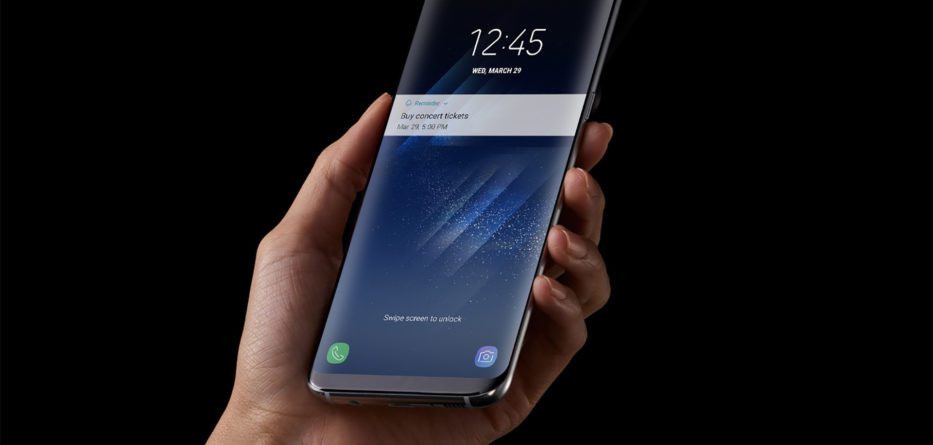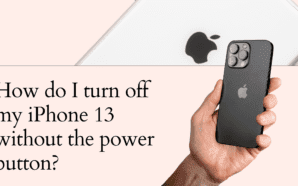Samsung Focus S is THE phone in company’s Windows Phone lineup. It is the bigger brother of the Samsung Focus Flash.The term “bigger” is almost entirely related to size here. Due to Microsoft’s tight hardware restrictions for their Windows Phone platform, the line between a flagship and a budget device is quite thin. Thus, the Focus S and Focus Flash share chipsets and CPUs. The differences between the two are in the screen size, built-in memory, and the camera units – here the Focus S is better equipped. Appearance wise, the Samsung Focus S is just the replica of the Samsung Galaxy SII except for the button.
The Samsung Focus S, despite being a new release, should look quite familiar to you. In a rather clever fashion, Samsung’s designers have decided to shape the device as a twin to the highly successful I9100 Galaxy S II – not a bad idea given the fact that the Android powered handset is still selling like hotcakes.
As always, we’ll kick the review off with the key features of the Samsung Focus S, followed by its main disadvantages.
Samsung Focus S – Features
- 4.3″ 16M-color Super AMOLED Plus screen with WVGA resolution (480 x 800 pixels)
- Quad-band GSM/GPRS/EDGE support
- 3G with HSDPA (14.4 Mbps) and HSUPA (5.76Mbps)
- Windows Phone 7.5 operating system
- Ability to uninstall wireless provider’s proprietary apps out of the box
- 1.4 GHz Scorpion CPU, 512MB RAM, Snapdragon chipset
- 8 megapixel autofocus camera with LED flash and geo-tagging; 1.3MP front unit
- 720p video recording (the OS does not allow higher resolution yet)
- A number of Samsung proprietary apps, including a capable photo editor
- Bing Maps with free navigation
- 16GB of built-in storage
- Standard 3.5mm audio jack
- Standard microUSB port (charging)
- Wi-Fi b/g/n; DLNA support; Wi-Fi hotspot capable
- Bluetooth 2.1 with A2DP
- Accelerometer for screen auto rotation
- FM radio with RDS
- Office document editor
- Built-in A-GPS receiver
- Voice-to-text functionality
Smasung Focus S – Dislikes
- No system-wide file manager
- Non-expandable memory
- No Bluetooth file transfers
- No USB mass storage mode
- Limited third-party apps availability
- No Flash (nor Silverlight) support in the browser
- Too dependent on Zune software for file management and syncing
- No DivX/XviD video support (automatic transcoding provided by Zune software, but lowers quality)
Alright there are quite a few major drawbacks like not being able to expand the memory is such a pain for extensive users and Oh my god.. NO BLUETOOTH or USB mass storage… that is highly unexpected. I don’t think that I would sacrifice all that just to get the feel of the cool Mango OS. But all said the Samsung Focus S has brought the best out of Windows








